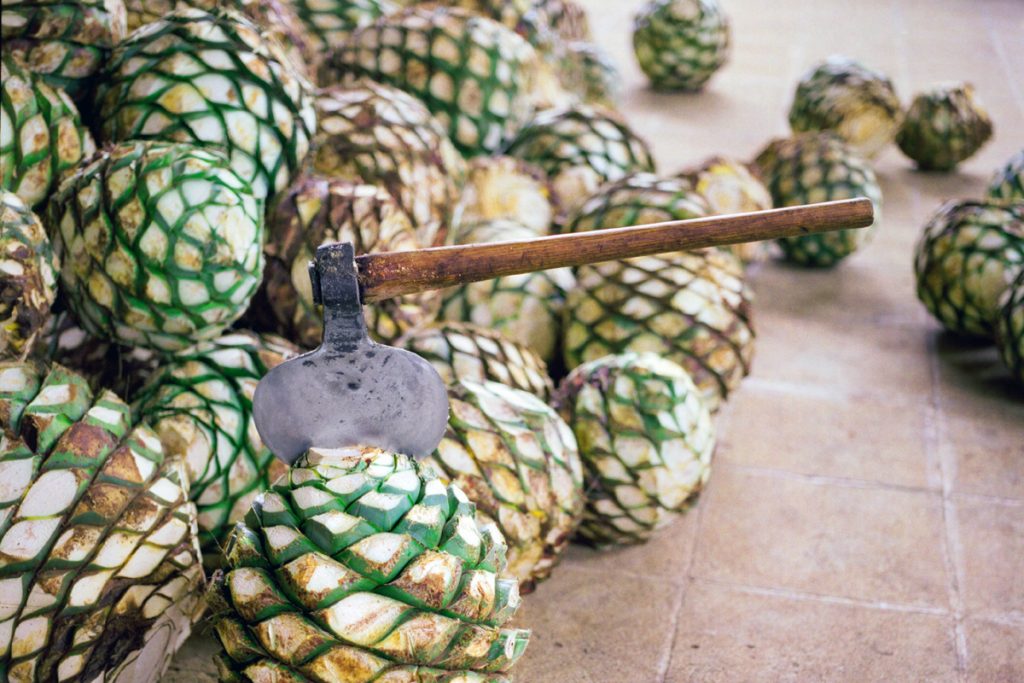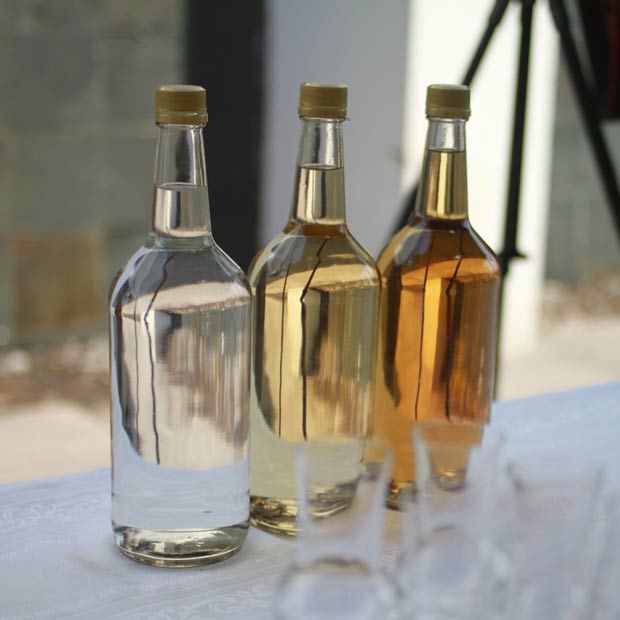Exploring Jose Cuervo’s Farm, Distillery and Historical Cellar
At the base of the Tequila Volcano in Jalisco, we learn about the brand’s methods
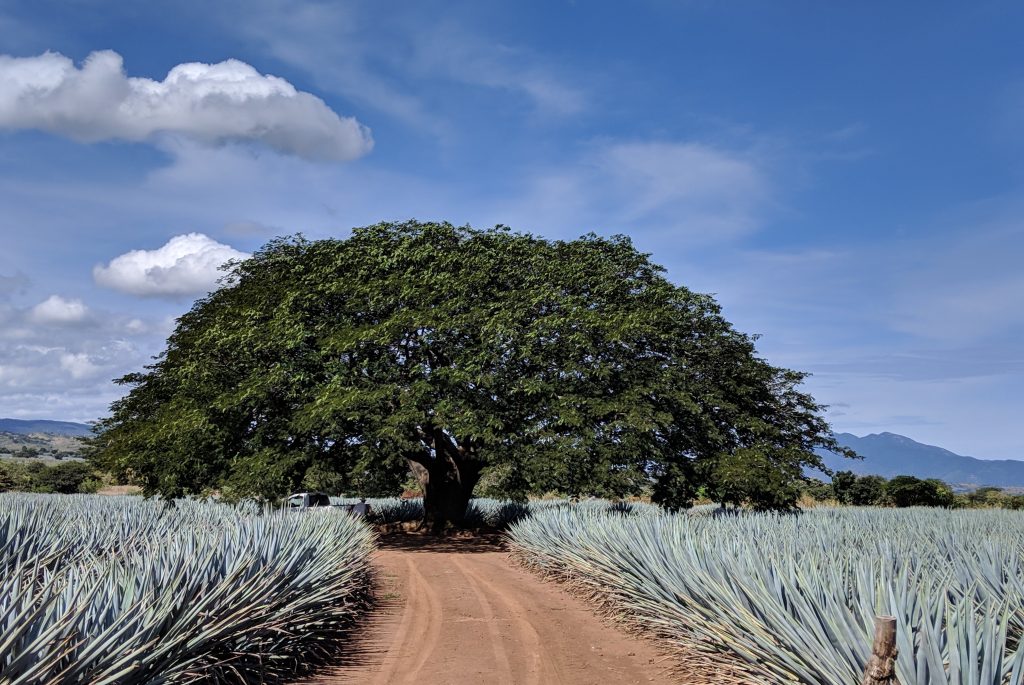
Internationally, tequila is often viewed as a kick-start—a rebellious elixir for quick consumption or disguised in a cocktail with a sweet presentation. But, its creation is a poetry accented by artful harvest and saccharine, sultry scents. The spirit has a rich history; it was the beverage of choice for farm-owners and the wealthy of yesteryear in Mexico. Thus, the key flavors have been idolized long before vast amounts of low-quality iterations hit the market.
“Back in the days, only farm- and house-owners—rich people—could drink tequila. They would wear a horn around their neck, and the workers would ask why they had this ‘cabalitto’ around their neck. They would say it was to give a drink to their horse. But, it was to carry tequila,” expert Serna Garcia, of Mundo Cuervo, says about the origins of the tequila shot. The “cabalitto”—which means “little horse”—has become the most common term for a shot, or double shot, of tequila in Mexico. But, Garcia explains, the best tequila (one of which is Cuervo’s upper-echelon spirits, Reserva de la Familia) is sipped, not thrown back.
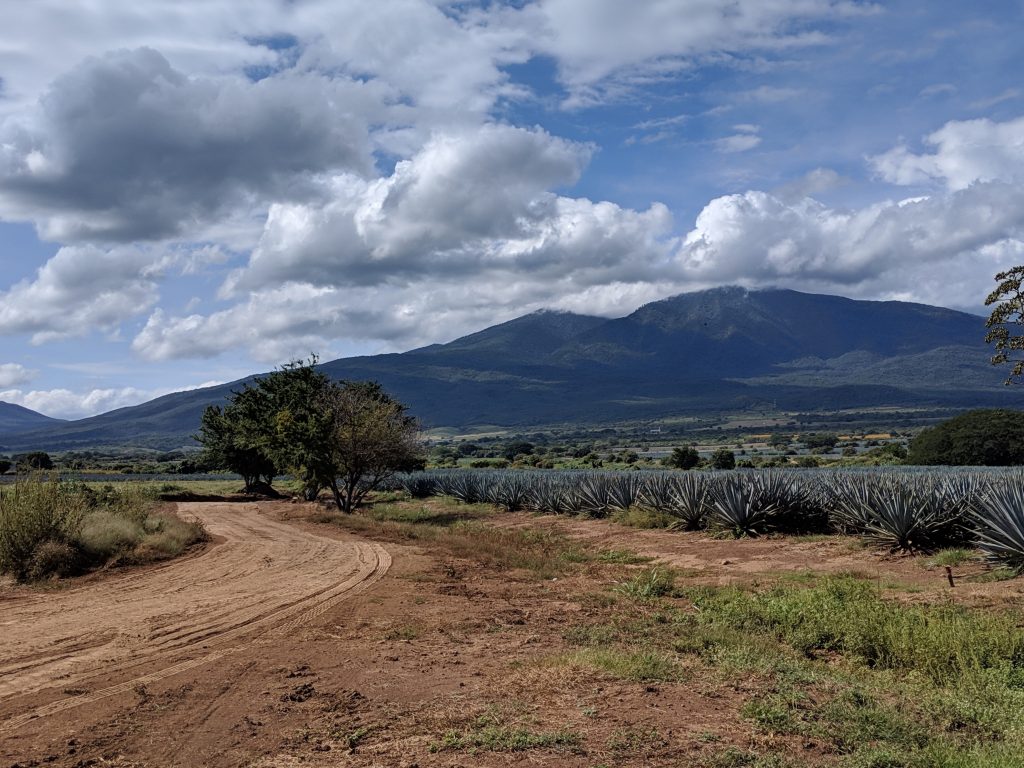
The history of the traditions surrounding tequila stem primarily from the people who grew the agave to produce it. Here, in the flatland below the Tequila Volcano in western Mexico rests a vast field of agave plants owned by the Jose Cuervo brand. It’s here, in this fertile land—thanks mostly to the added minerals of the crystallized lava in the soil—that their agave plants, for their premium line of tequila, grow. That process takes, for full maturity, about eight years. Jimadores will prune and replant agave plants throughout their growth. After three or four years, the first cut begins. At five or six, another, more slimming cut comes. At eight, the plant is cut down to its final form.
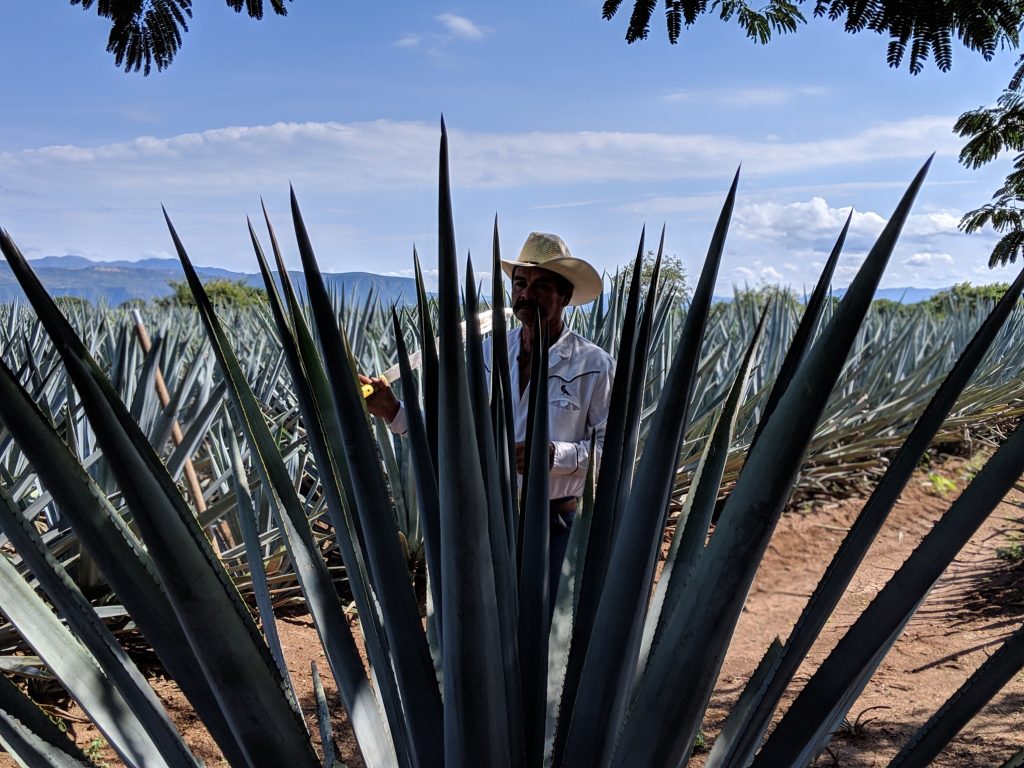
“We trim the agave in order to concentrate all of the sugars at the heart of it. The heart is all that’s used to make tequila,” our Jimador guide, Ismael explains through his translator, Carina Hernandez. A normal shift for Ismael, and Jimadores like him, begins around 4AM and finishes around noon. During this time, they can individually touch nearly 3,000 plants.

“What we have to do when we’re harvesting is we have to make sure we completely remove all of the green the agave has. This part here produces a lot of bitter sugars. So it goes in order to avoid making bad quality product and to avoid the bitterness it gives,” Ismael explains. On the day of harvest, called Jima, Jimadores take their coas—sharp, rounded tools—to trim the agave to its final size. At this stage, the Agave can weigh between 40 and 60 kilos. For every seven kilos of agave, producers make one liter of tequila.

About six miles northwest in the town of Tequila, the Jose Cuervo Distillery, Mundo Cuervo La Rojena, handles this process. “When the agave plant arrives, they remove any excess green for making a high-end tequila. Here, workers will split the agave in half before it’s cooked,” Hernandez explains. As it’s cooking, the sweet smell of agave washes over the entire town. The closer you are, in our case within the confines of the distillery, the more intoxicating the smell—not in a boozy way, because it’s yet to be distilled; instead it’s alluring.

“The heart and the center need to cook, as well. We cook it in one of the 16 ovens for a total of 38 hours. We inject steam or water vapor to make the agave very soft. That way, when we press it, we can easily separate liquid and fibers,” Hernandez says. “The fibers that we obtain, we gather and most of it will be sent to the fields for compost. But, there’s a small portion of it that’s given back to the town. And they make paper or goods and we buy it back from them and sell it in our gift shop.”

“The first liquid extracted is considered the sweetest. The second distillation is 55% alcohol and never sold. This is before it’s filtered with mineral water,” Hernandez says. Jose Cuervo tequila only touches French and American Oak Barrels. There are only a few varieties under their umbrella that touch both.

In the cellar that sits directly below the common space of the La Rojena, the Jose Cuervo Reserva De La Familia series rests in barrels. This is a limited release (usually in batches of 10,000) that happens yearly. The product is bottled, hand-sealed with wax and adorned with an artist-designed box. Cuervo regards the Reserva De La Familia as the world’s first extra-añejo tequila. It’s tequila that’s aged for a minimum of two years and can include, blended in, tequila as old as 30.

On the furthest wall from the entrance, in what feels like the heart of the company’s tradition and heritage, rests tequilas from 1890 to 1900. (There’s rumor of other, even older vintages existing elsewhere, but nothing can be confirmed.) “These are only opened when the owner of the company visits,” Hernandez says. These tequilas were made exclusively for the family to enjoy, but one can dream of the splendor that still remains inside.
Images by Evan Malachosky
